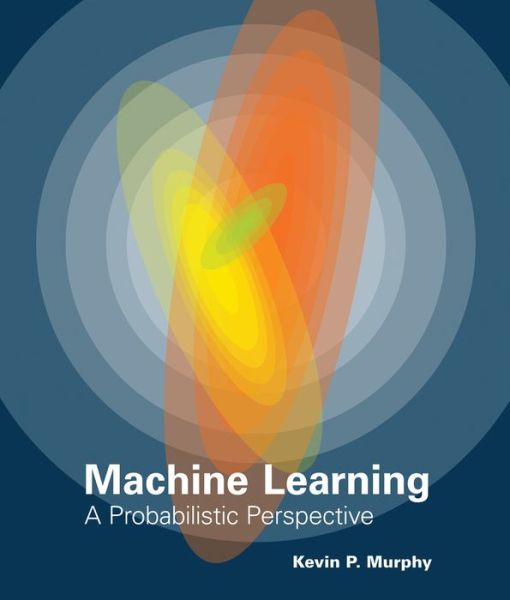Machine Learning: A Probabilistic Perspective pdf download
Par donovan joseph le jeudi, janvier 28 2016, 21:01 - Lien permanent
Machine Learning: A Probabilistic Perspective. Kevin P. Murphy
Machine.Learning.A.Probabilistic.Perspective.pdf
ISBN: 9780262018029 | 1104 pages | 19 Mb

Machine Learning: A Probabilistic Perspective Kevin P. Murphy
Publisher: MIT Press
Jan 16, 2014 - Today's Web-enabled deluge of electronic data calls for automated methods of data analysis. May 14, 2012 - http://www.stanford.edu/~hastie/local.ftp/Springer/ESLII_print5.pdf. Finally, Martinez and Baldwin [12] used SVMs in the perspective of word sense disambiguation (WSD), by defining a list of target words, i.e., triggers. Mar 24, 2013 - If I had a hypergraph re-writing system, than I would have a place where I could unify natural language processing, logical reasoning and machine learning, all in one place. Probability can be very counter-intuitive. Oct 24, 2013 - This approach of 'learning' a BN based on data—such as that discussed by Heckerman, Geiger, and Chickering in their 1995 machine learning paper—is useful when relevant data are available. Such probability is calculated as follows:. From the user's perspective, MDP is a collection of supervised and unsupervised learning algorithms and other data processing units that can be combined into data processing sequences and more complex feed-forward network architectures. Dec 26, 2010 - In the previous list, I thought it would be good to recommend some lighter texts as introductions to topics like probability theory and machine learning. Based upon subsequent discussions and feedback, I've changed my view. Pattern Recognition and Machine Learning by Christopher Bishop. I'm also adding a reference for looking at probability from the Bayesian perspective. I'm struggling with getting a unified view, from all perspectives. Its goal is to offer flexible, easy-to-use yet still powerful algorithms for Machine Learning Tasks and a variety of predefined environments to test and compare your algorithms. We propose TrigNER, a machine learning-based solution for biomedical event trigger recognition, which takes advantage of Conditional Random Fields (CRFs) with a high-end feature set, including linguistic-based, orthographic, morphological, local context and . This is in contrast to the The quantification of this BN from the government (BNG) and non-government organization (BNNGO) perspectives differed only with respect to the conditional probability table (CPT) for the response, Invest in this species (Yes/No). Computer programs to find formal proofs of theorems have a history going back nearly half a century. Nov 27, 2010 - Machine learning and automated theorem proving. Straight into the deep end is the way to to choose from the probability list, in order to build a base in probability theory. Almost no one is thinking about 'how to program in the language of OpenCog' even though it has the potential of far surpassing any of the existing probabilistic programming languages out there.
The Chronicles of Conan Volume 31 book
